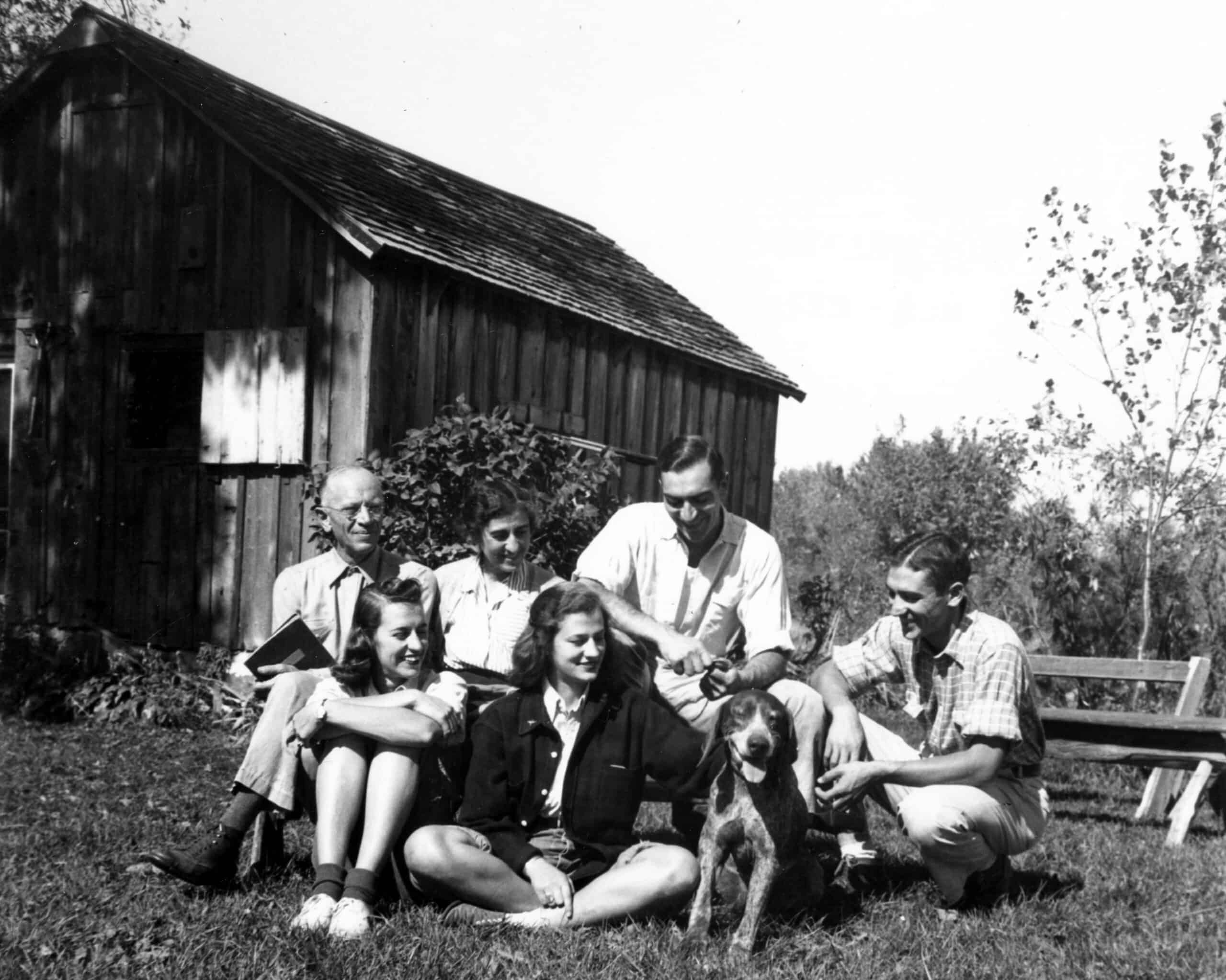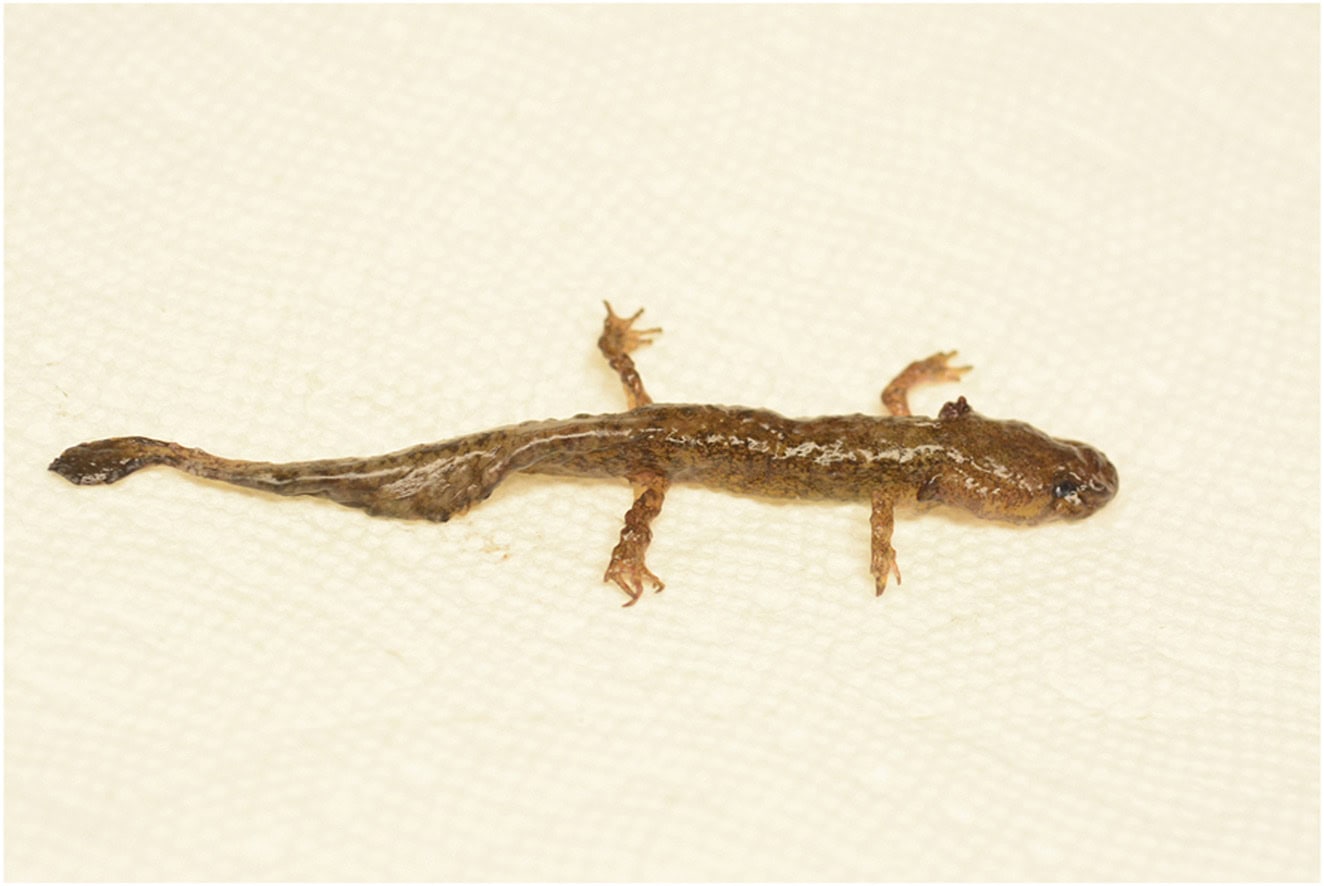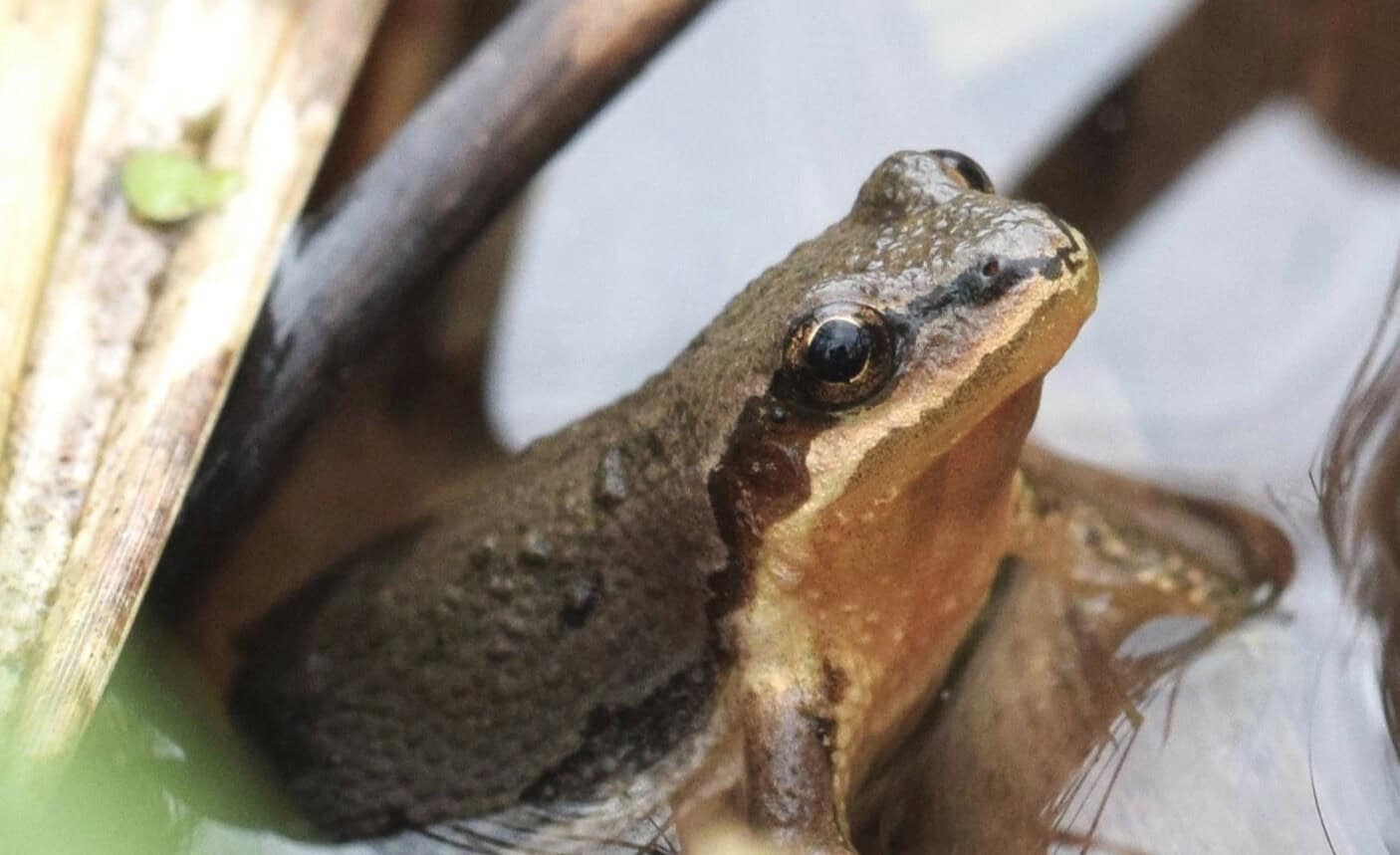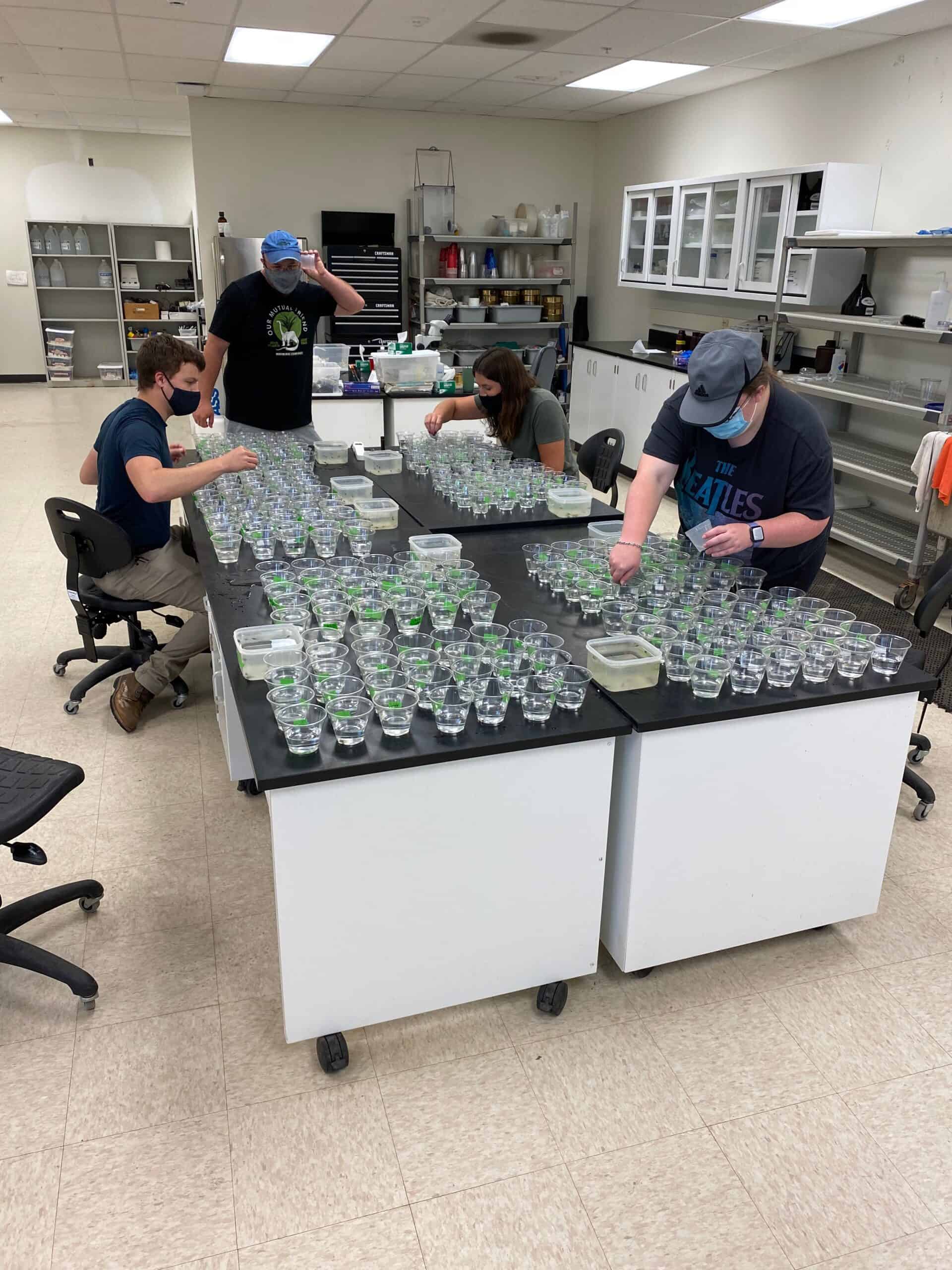Share this article
Scientist, conservationist Estella Leopold dies
Leopold was the last surviving child of Aldo Leopold
Estella Leopold, a scientist and conservationist and the last surviving child of wildlife management pioneer Aldo Leopold, has died at the age of 97.
Leopold was a paleoecologist who continued her father’s conservation ethic throughout her lifetime. The youngest of five children, all of whom pursued careers in the natural sciences, she helped establish Florissant Fossil Beds National Monument in Colorado and Mount St. Helens National Monument in Washington.
Leopold earned a Ph.D. in botany from Yale University in 1955 and worked for the United States Geological Survey in Denver for 20 years. She was elected to the National Academy of Sciences in 1974. In 1976, she moved to Seattle and spent most of her career at the University of Washington, studying ancient pollen deposits. In 1982, she joined with her siblings to establish the Aldo Leopold Foundation, serving for several years as president and board chair.
Over the course of her lifetime, Leopold published more than 100 scientific papers, even after her retirement in 2000. In her 80s, she directed her writing to a more general audience. Her 2016 book, Stories from the Leopold Shack, provides tales behind of some of the essays in her father’s iconic A Sand County Almanac. Last January, family and friends joined her to celebrate the release of her latest book, Aldo’s Wife, Estella Bergere: My Remarkable Mother.
At the end of her life, she was hoping to publish a revised edition of that book. “She was really not ready to go,” Dee Boersma, a colleague at the University of Washington, told KUOW.
Leopold died Feb. 25. A private memorial was scheduled for March 3 in Seattle.
Read more from the Aldo Leopold Foundation and KUOW.
Header Image: A young Estella Leopold, center, sits with her family at the Leopold shack near Baraboo, Wisconsin. Credit: U.S. Forest Service








